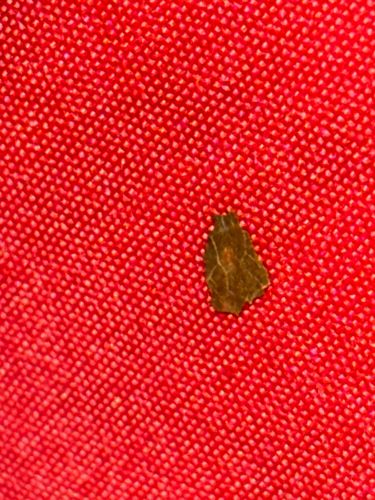Bagworm Moth
Scientific Name: Thyridopteryx ephemeraeformis (likely, as it's a common and widespread species; exact species identification from image alone is difficult)
Order & Family: Lepidoptera, Psychidae
Size: Larval cases vary in size depending on instar, up to 1-3 inches (2.5-7.5 cm) in length. Adult moths are typically 0.5-1.5 inches (1.3-3.8 cm) in wingspan.

Natural Habitat
Found in a wide range of environments where host plants are present, including forests, woodlands, orchards, and urban landscapes with trees and shrubs. The larval cases are commonly seen hanging from branches.
Diet & Feeding
Larvae: Foliage of trees and shrubs (defoliators); Adults: Do not feed (non-feeding short-lived adults)
Behavior Patterns
Larvae construct a portable case from silk and various materials like sand, debris, or plant fragments, which they carry for protection. They grow through several instars within this case. Adults are short-lived, primarily focused on reproduction, and generally do not feed. They are often attracted to light.
Risks & Benefits
Risks: Can be significant defoliators, causing aesthetic damage or even death to ornamental trees and shrubs if infestations are severe and prolonged. Benefits: Part of the natural food chain; however, no significant ecosystem benefits are typically associated with their presence.
Identified on: 8/29/2025